Home>Gardening & Outdoor>Landscaping Ideas>How To Cut Back Monkey Grass
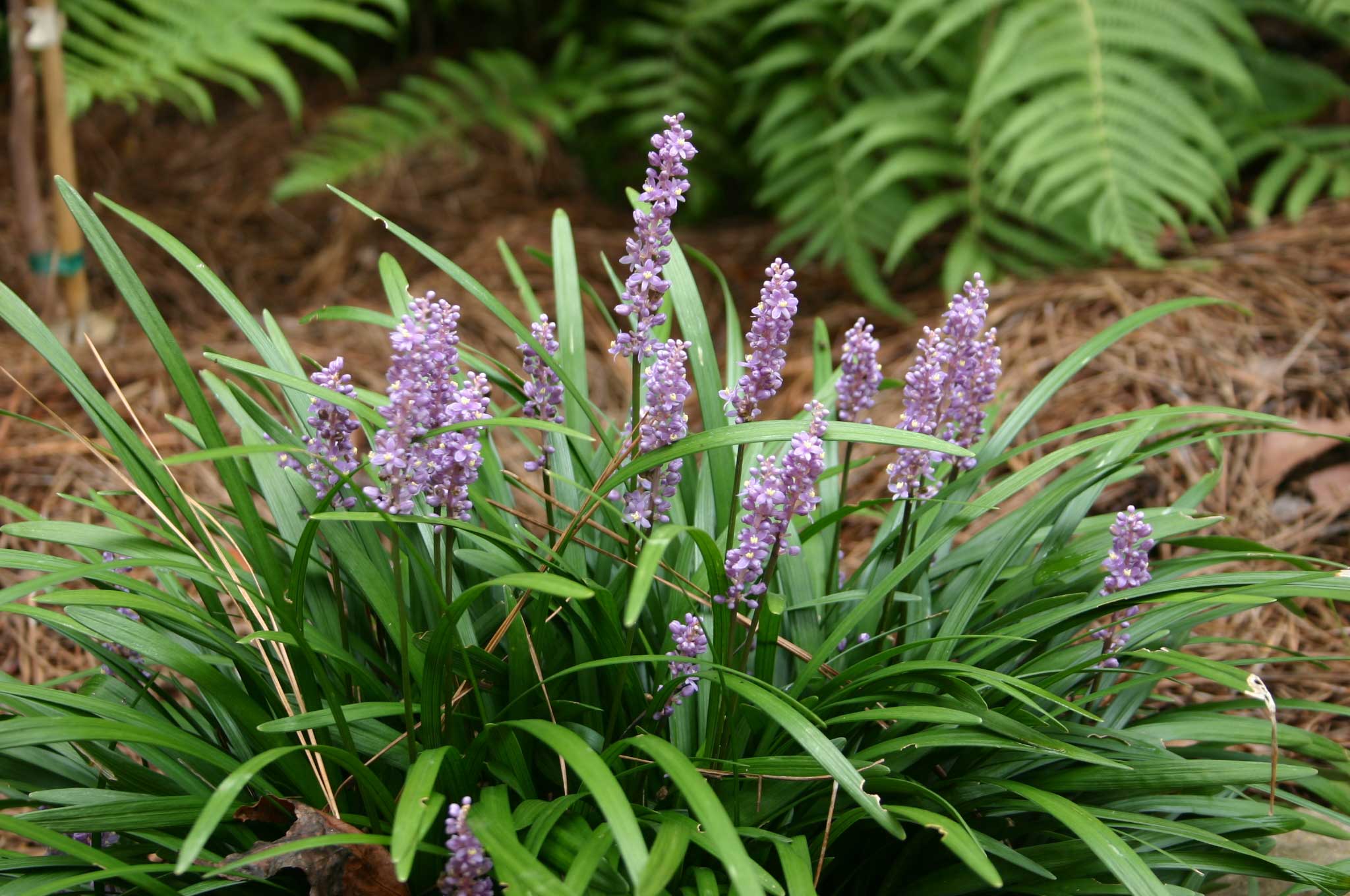

Landscaping Ideas
How To Cut Back Monkey Grass
Modified: March 29, 2024
Learn how to effectively cut back monkey grass and enhance your landscaping with our expert landscaping ideas. Create a beautiful outdoor space today!
(Many of the links in this article redirect to a specific reviewed product. Your purchase of these products through affiliate links helps to generate commission for Storables.com, at no extra cost. Learn more)
Introduction
Welcome to the wonderful world of landscaping, where the beauty of nature meets the artistry of design. If you're a proud owner of monkey grass, you understand the allure of this versatile and resilient plant. However, maintaining the aesthetic appeal of your garden or yard requires periodic care and attention. One essential aspect of monkey grass maintenance is knowing how to cut it back properly.
In this comprehensive guide, we'll delve into the art of trimming monkey grass, providing you with the knowledge and confidence to enhance the health and visual appeal of this beloved plant. Whether you're a seasoned gardener or just starting to explore the joys of landscaping, mastering the technique of cutting back monkey grass will elevate your outdoor space to new heights.
Join us as we embark on a journey through the lush world of monkey grass care. By the end of this guide, you'll be equipped with the skills and insights needed to tackle this task with ease and precision. Let's roll up our sleeves and dive into the art of cutting back monkey grass!
Key Takeaways:
- Trimming monkey grass in late winter or early spring promotes healthy regrowth and a tidy appearance. Use sharp tools, assess the plant’s needs, and maintain a balanced form for a visually appealing landscape.
- Prepare monkey grass by clearing debris, watering the plants, and wearing protective gear. After trimming, clean up the area, dispose of trimmings properly, and maintain tools for future use.
Read more: When To Cut Monkey Grass
Understanding Monkey Grass
Before diving into the process of cutting back monkey grass, it's important to develop a deeper understanding of this resilient and visually appealing plant. Also known as lilyturf or liriope, monkey grass belongs to the Liliaceae family and is native to East Asia. Its lush, grass-like foliage and delicate purple or white flowers make it a popular choice for edging, ground cover, and border plantings.
Monkey grass is prized for its low-maintenance nature and ability to thrive in various conditions, including shade, making it a versatile addition to any landscape. Its hardiness and adaptability have made it a favorite among gardeners and landscapers seeking a reliable and visually striking plant.
Understanding the growth patterns and characteristics of monkey grass is crucial when it comes to maintenance tasks such as cutting back. This plant typically spreads via rhizomes, forming dense clumps of foliage that benefit from occasional trimming to maintain a tidy and healthy appearance.
By familiarizing yourself with the unique qualities of monkey grass, you'll gain valuable insights into its care requirements and growth habits. This knowledge will serve as a foundation for effectively managing and enhancing the beauty of your monkey grass plantings.
Tools and Materials Needed
Before embarking on the task of cutting back monkey grass, it’s essential to gather the necessary tools and materials to ensure a smooth and efficient process. Here’s a list of items you’ll need to prepare:
- Gardening Gloves: Protect your hands from potential scratches and irritation while working with the dense foliage of monkey grass.
- Pruning Shears or Hedge Trimmers: Choose a sharp and reliable tool suitable for cutting through the thick, grass-like leaves of monkey grass.
- Hand Rake or Garden Fork: Use these tools to gently loosen and remove any debris or thatch accumulated within the monkey grass clumps.
- Wheelbarrow or Garden Waste Bag: Have a container ready to gather the trimmed foliage and any other organic matter for disposal or composting.
- Protective Eyewear: Shield your eyes from debris and ensure a safe and clear view of the work area.
- Pruning Saw (for larger clumps): If you have mature or overgrown monkey grass clumps, a pruning saw may be necessary to tackle thicker rhizomes and foliage.
By assembling these tools and materials, you’ll be well-prepared to undertake the task of cutting back your monkey grass with confidence and precision. Ensuring that your equipment is in good condition and readily accessible will streamline the process and contribute to a successful maintenance endeavor.
Step 1: Preparing the Monkey Grass
Before diving into the actual cutting process, it’s important to prepare the monkey grass to facilitate a smooth and effective trimming experience. Follow these essential steps to get the plant ready for the cutting phase:
- Assess the Area: Begin by surveying the monkey grass clumps to identify any signs of disease, discoloration, or debris accumulation. Clearing the area of any obstacles or debris will provide a clear and unobstructed workspace.
- Trimming Timing: It’s advisable to schedule the cutting back of monkey grass in late winter or early spring before new growth emerges. This timing allows for rejuvenation and promotes healthy regrowth during the growing season.
- Water the Plants: If the soil is dry, consider watering the monkey grass a day or two before the planned trimming. Adequate moisture will make the foliage more pliable and easier to work with.
- Clearing Debris: Use a hand rake or garden fork to gently remove any accumulated debris, dead foliage, or thatch from within the monkey grass clumps. This step will reveal the base of the plants and facilitate a more precise cutting process.
- Protective Gear: Equip yourself with gardening gloves and protective eyewear before proceeding to handle the monkey grass. This precautionary measure ensures your safety and minimizes the risk of irritation or injury during the trimming process.
By diligently preparing the monkey grass for trimming, you set the stage for a successful and efficient cutting process. These preliminary steps create a conducive environment for tending to the plant’s needs and promoting its overall health and vitality.
When cutting back monkey grass, use sharp garden shears to trim the foliage to about 2 inches above the ground. This will help promote new growth and keep the plant healthy.
Step 2: Cutting Back the Monkey Grass
Once the monkey grass is adequately prepared, it’s time to proceed with the cutting back process. Follow these steps to trim the plant with precision and care:
- Selective Trimming: Identify areas of the monkey grass clumps that require trimming, such as overgrown or discolored foliage. Aim to maintain a natural and uniform appearance while removing any unsightly or damaged leaves.
- Pruning Technique: Utilize sharp pruning shears or hedge trimmers to make clean and precise cuts. Position the cutting tool at the base of the targeted leaf or cluster of leaves and execute a swift and even cut to remove the excess foliage.
- Conservative Approach: It’s advisable to err on the side of caution when trimming monkey grass. Start with minimal cuts and gradually assess the visual impact, adjusting the trimming intensity as needed to achieve the desired aesthetic and structural balance.
- Shape and Structure: Consider the overall shape and structure of the monkey grass clumps as you trim. Aim to maintain a harmonious and balanced form, ensuring that the plants complement their surroundings and exhibit a well-groomed appearance.
- Regular Inspection: Periodically step back and assess the progress as you trim, evaluating the visual impact and symmetry of the monkey grass. This approach allows for real-time adjustments and ensures a cohesive and visually appealing outcome.
By following these steps and exercising care and precision, you’ll effectively cut back the monkey grass, rejuvenating its appearance and promoting healthy regrowth. Embracing a mindful and attentive approach to trimming will yield a visually striking and well-maintained landscape feature.
Read more: When Should Pampas Grass Be Cut Back
Step 3: Cleaning Up
As you near the completion of the monkey grass cutting process, it’s essential to focus on the cleanup phase to ensure a tidy and polished outcome. Follow these steps to effectively clear and organize the work area:
- Collect Trimmed Foliage: Use a wheelbarrow or garden waste bag to gather the trimmed foliage and any other organic matter resulting from the cutting back process. This proactive approach prevents the spread of debris and streamlines the cleanup effort.
- Thorough Debris Removal: Inspect the surrounding area for any stray leaves, clippings, or debris and promptly remove them. Maintaining a clean and clutter-free environment enhances the visual impact of the freshly trimmed monkey grass.
- Inspect for Stragglers: Conduct a comprehensive visual check to ensure that no residual foliage or clippings remain within the monkey grass clumps or the surrounding landscape. Attention to detail during this phase contributes to a polished and professional finish.
- Dispose or Compost: Properly dispose of the gathered trimmings as per local waste management guidelines. Alternatively, consider composting the organic material to contribute to sustainable gardening practices and enrich the soil with nutrient-rich compost.
- Clean and Store Tools: Rinse and clean the pruning shears, hedge trimmers, and any other tools used during the cutting back process. Proper maintenance and storage of equipment prolong their longevity and ensure their readiness for future landscaping endeavors.
By diligently attending to the cleanup phase, you elevate the overall visual impact of the monkey grass trimming process and maintain a well-organized and pristine outdoor space. This final step is crucial for achieving a professional and aesthetically pleasing result.
Conclusion
Congratulations on mastering the art of cutting back monkey grass! By delving into the intricacies of this essential maintenance task, you’ve equipped yourself with the knowledge and skills to elevate the health and visual appeal of your outdoor space. As you reflect on the journey from preparation to cleanup, it’s evident that meticulous care and attention to detail are integral to achieving a stunning and well-maintained landscape.
Embracing the unique characteristics of monkey grass and understanding its growth patterns has empowered you to approach the trimming process with confidence and precision. By carefully preparing the plant, executing selective and mindful cuts, and attending to the cleanup phase, you’ve demonstrated a commitment to nurturing and enhancing the natural beauty of your garden or yard.
As you gaze upon the freshly trimmed monkey grass, take pride in the transformative impact of your efforts. The rejuvenated appearance of the plants serves as a testament to your dedication to creating a vibrant and inviting outdoor environment. Whether you’re a seasoned gardening enthusiast or a newcomer to the world of landscaping, the art of cutting back monkey grass has undoubtedly enriched your horticultural repertoire.
Moving forward, continue to observe and tend to the needs of your monkey grass, nurturing its growth and vitality throughout the changing seasons. By integrating the knowledge and techniques acquired through this guide into your landscaping routine, you’ll perpetuate a cycle of care and rejuvenation, ensuring that your outdoor oasis remains a source of natural beauty and tranquility.
As you embark on future landscaping endeavors, may the wisdom gained from mastering the art of cutting back monkey grass inspire and guide you in nurturing a flourishing and captivating outdoor sanctuary.
Frequently Asked Questions about How To Cut Back Monkey Grass
Was this page helpful?
At Storables.com, we guarantee accurate and reliable information. Our content, validated by Expert Board Contributors, is crafted following stringent Editorial Policies. We're committed to providing you with well-researched, expert-backed insights for all your informational needs.
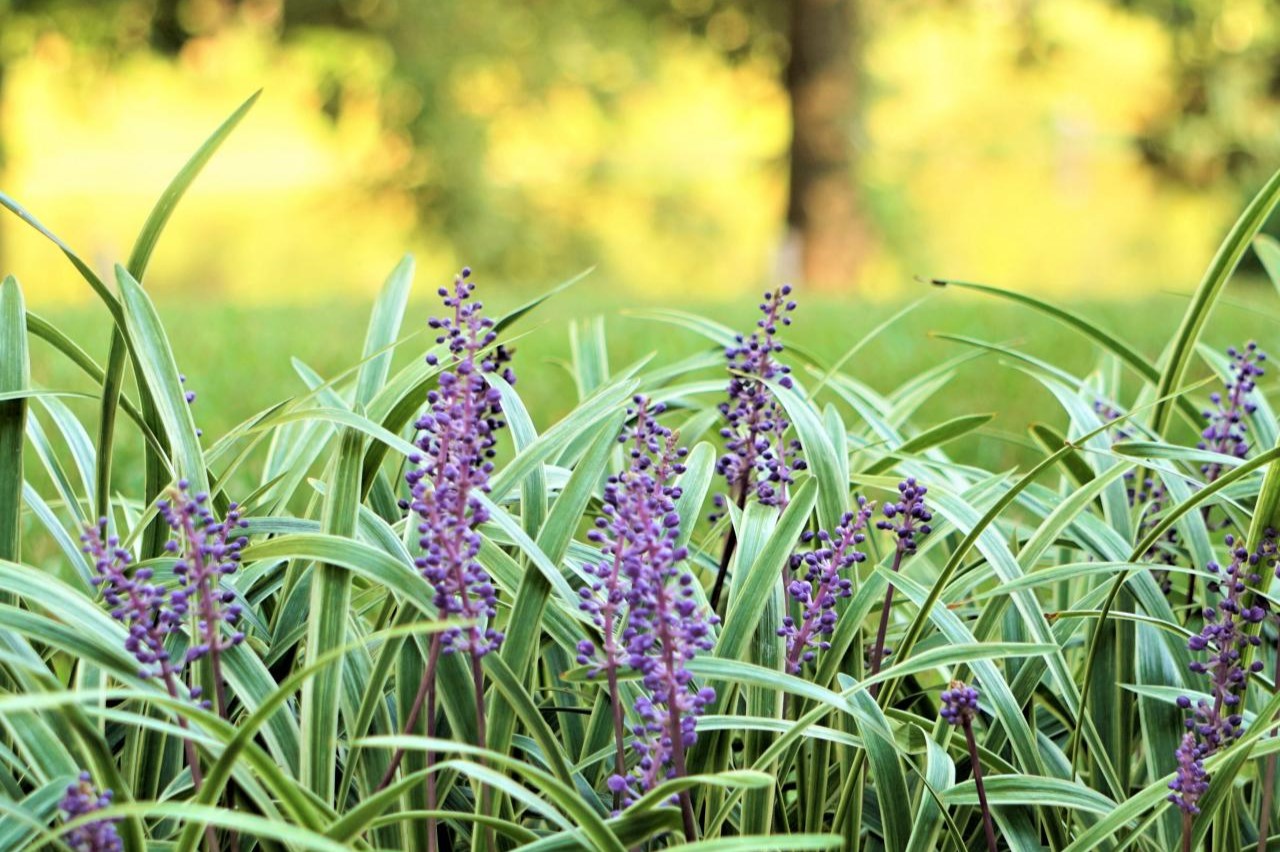
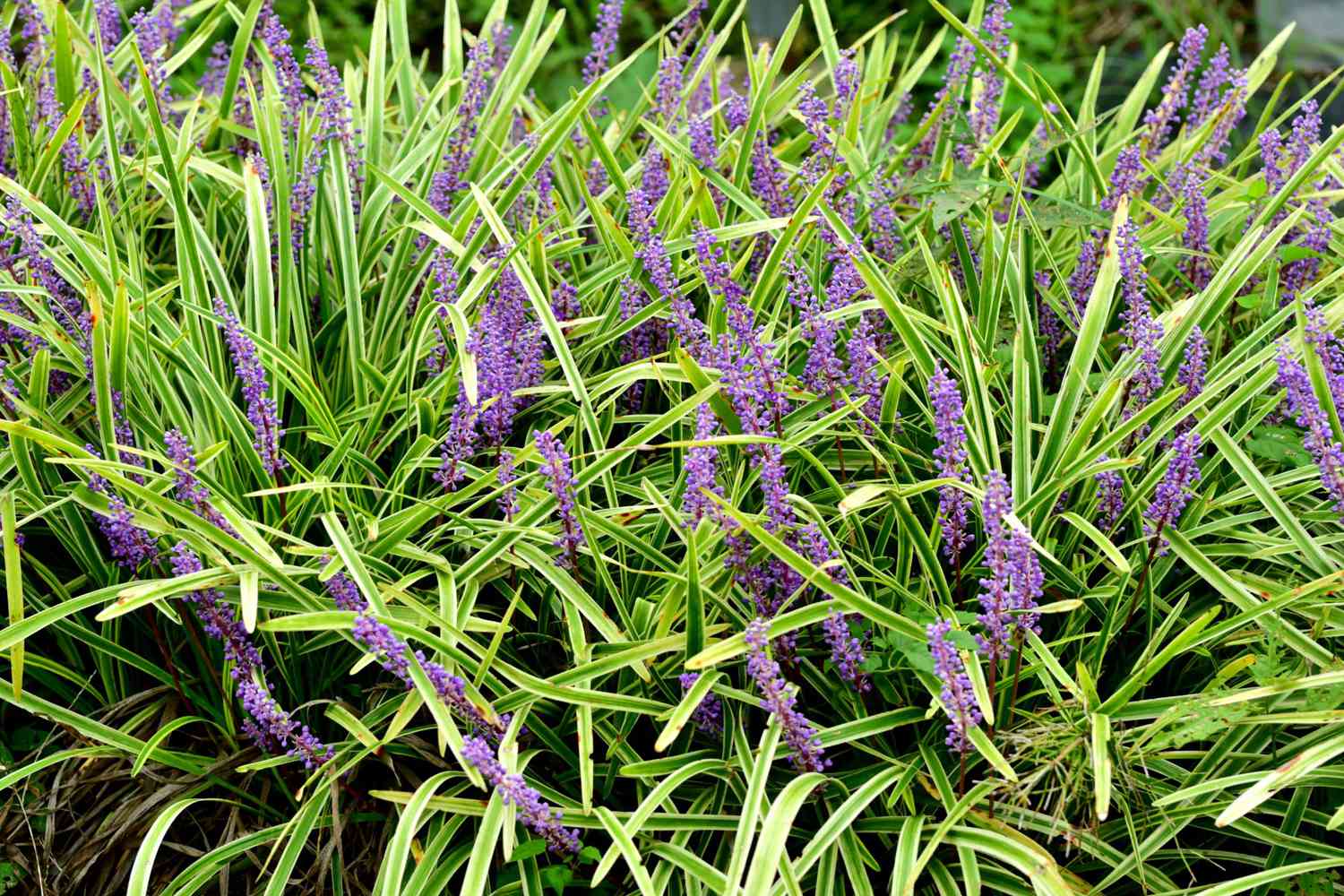
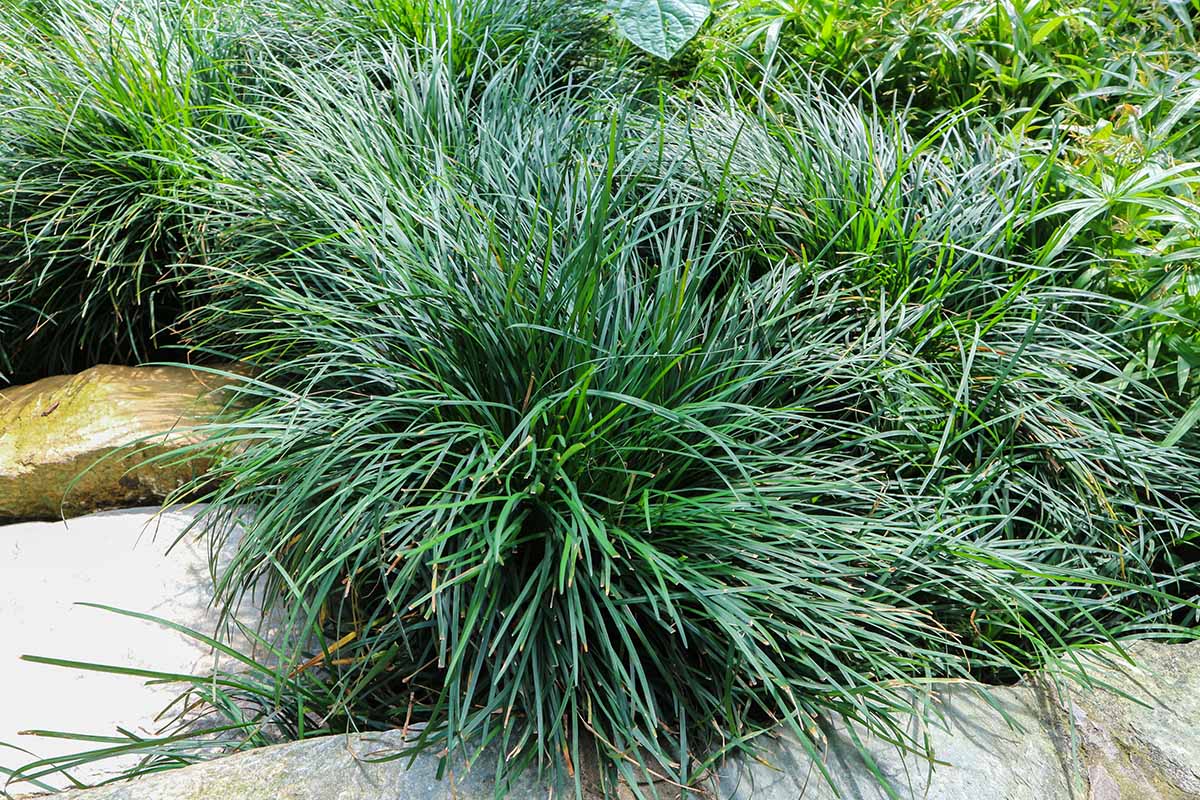
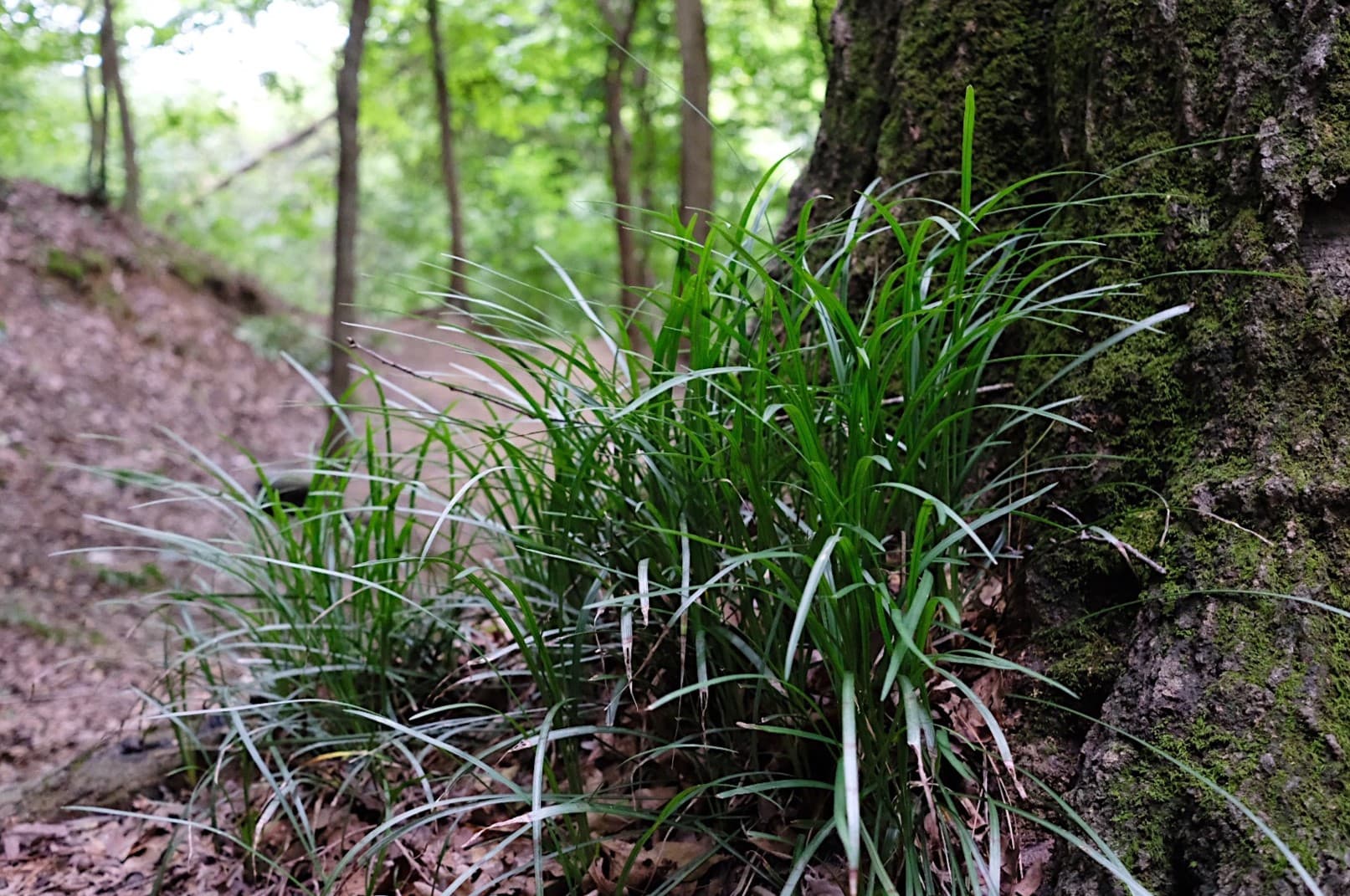
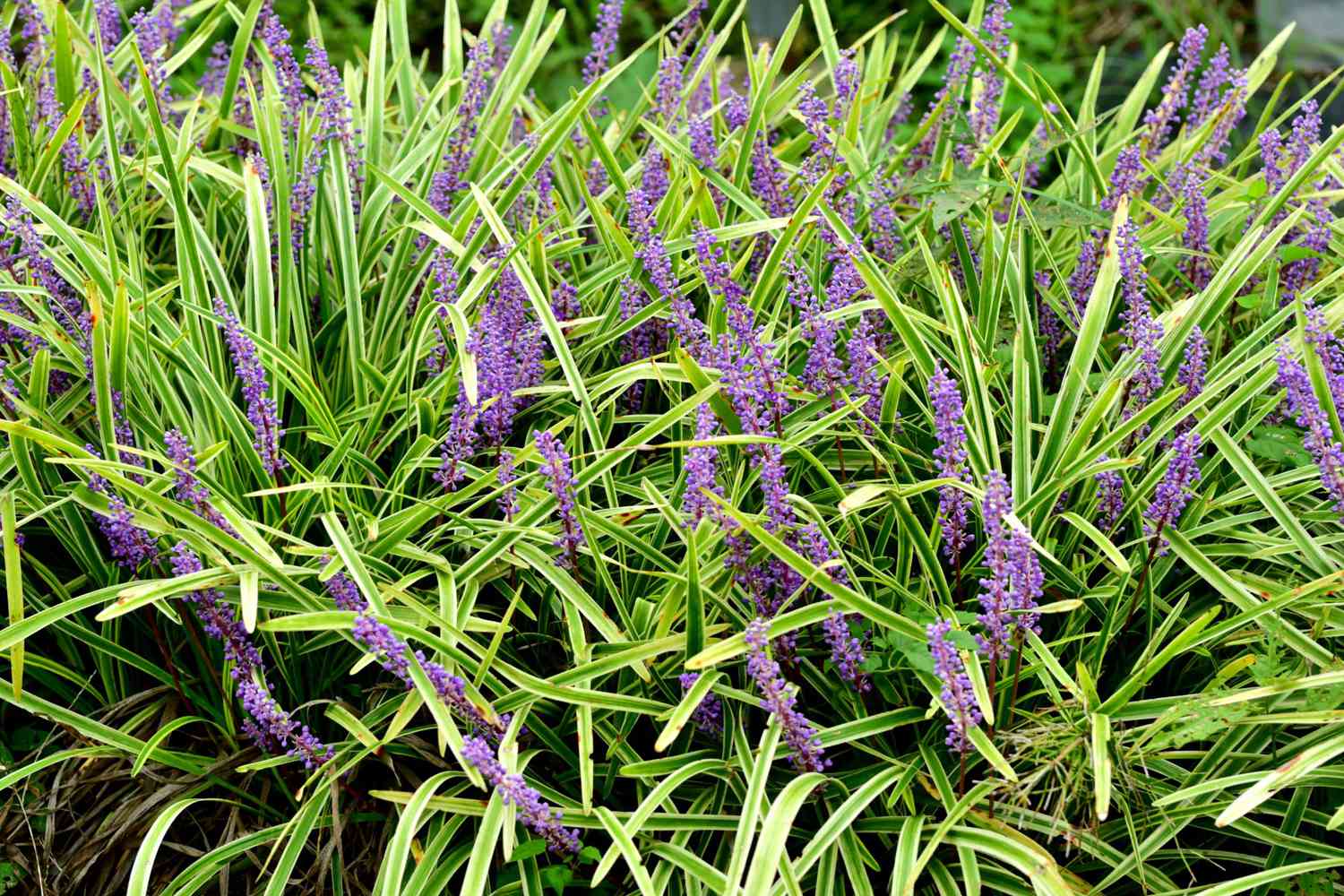

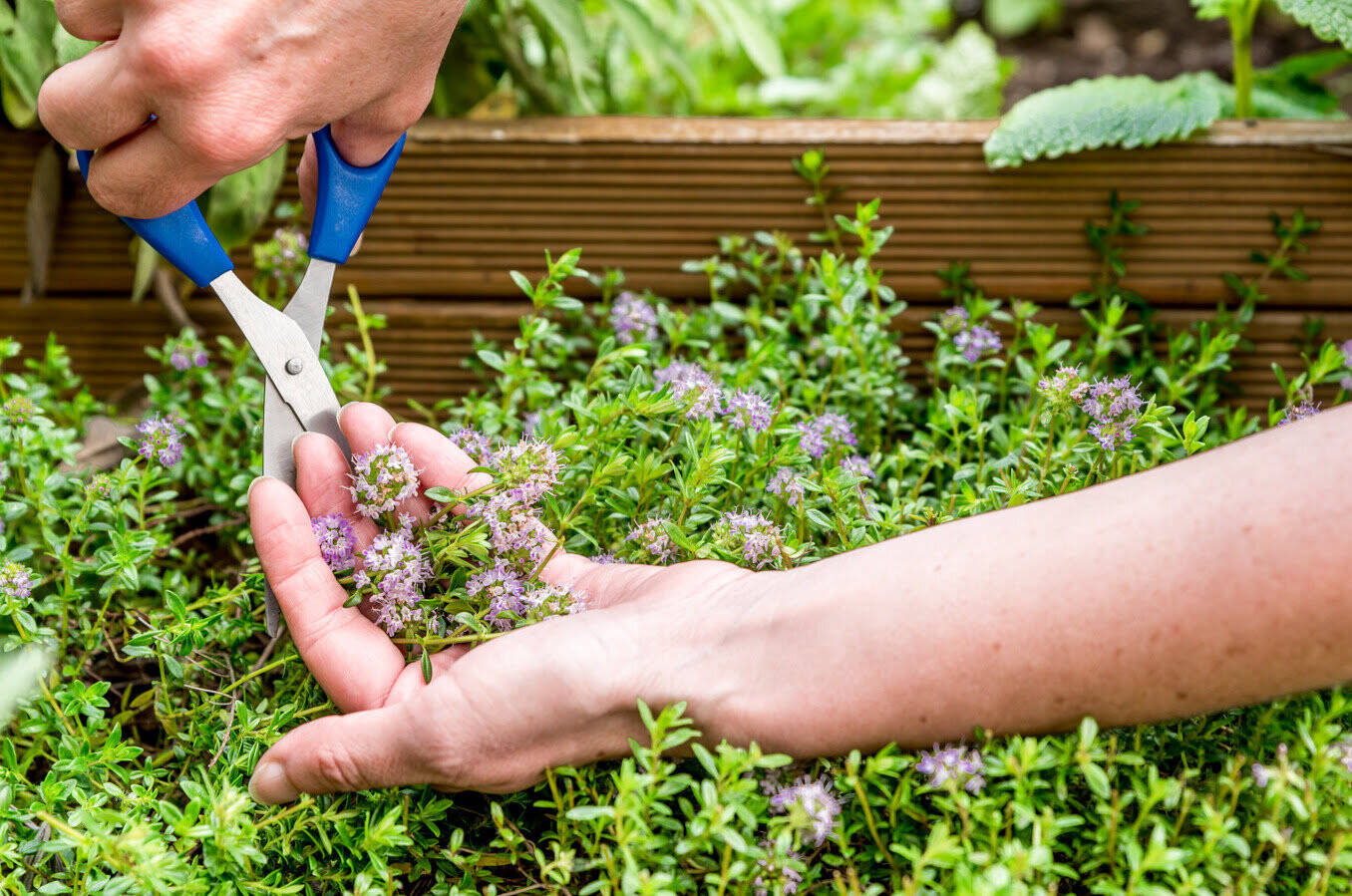
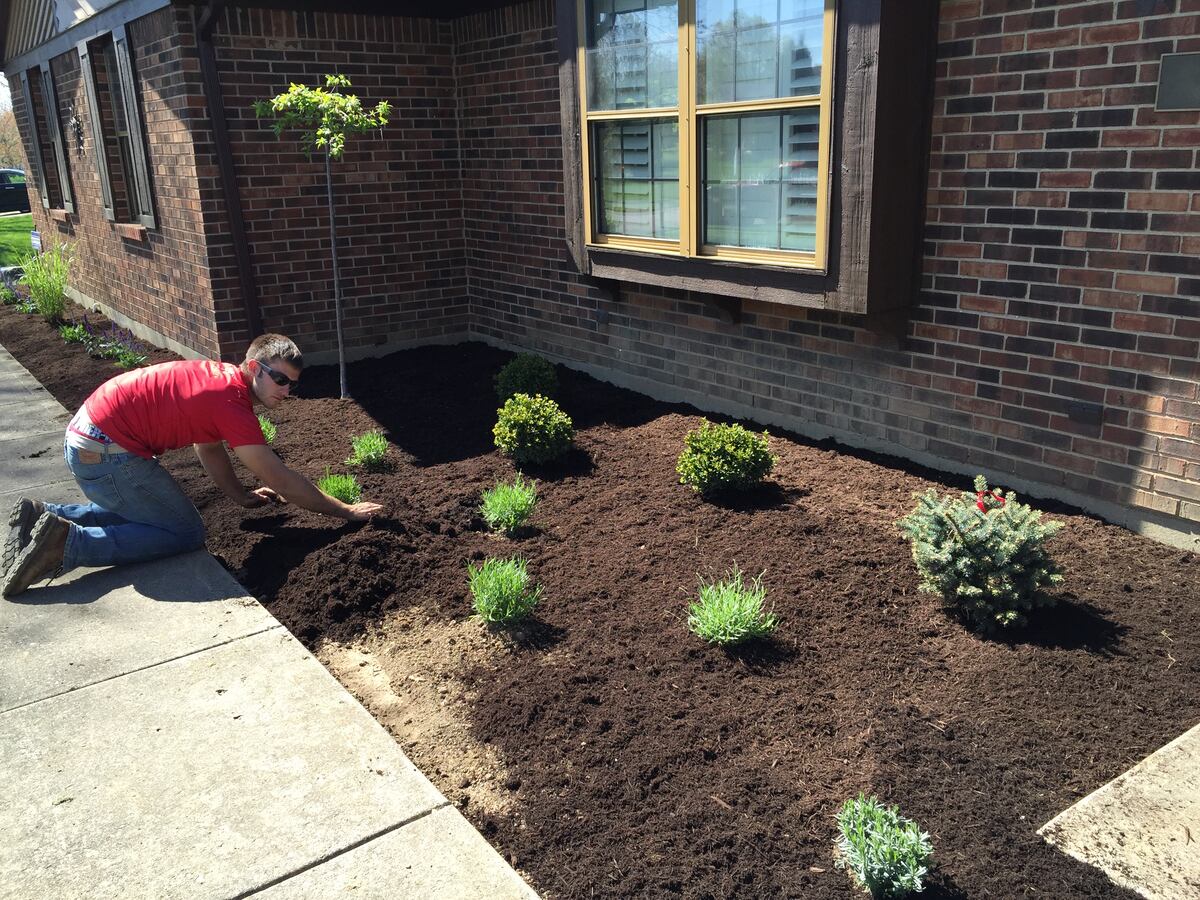
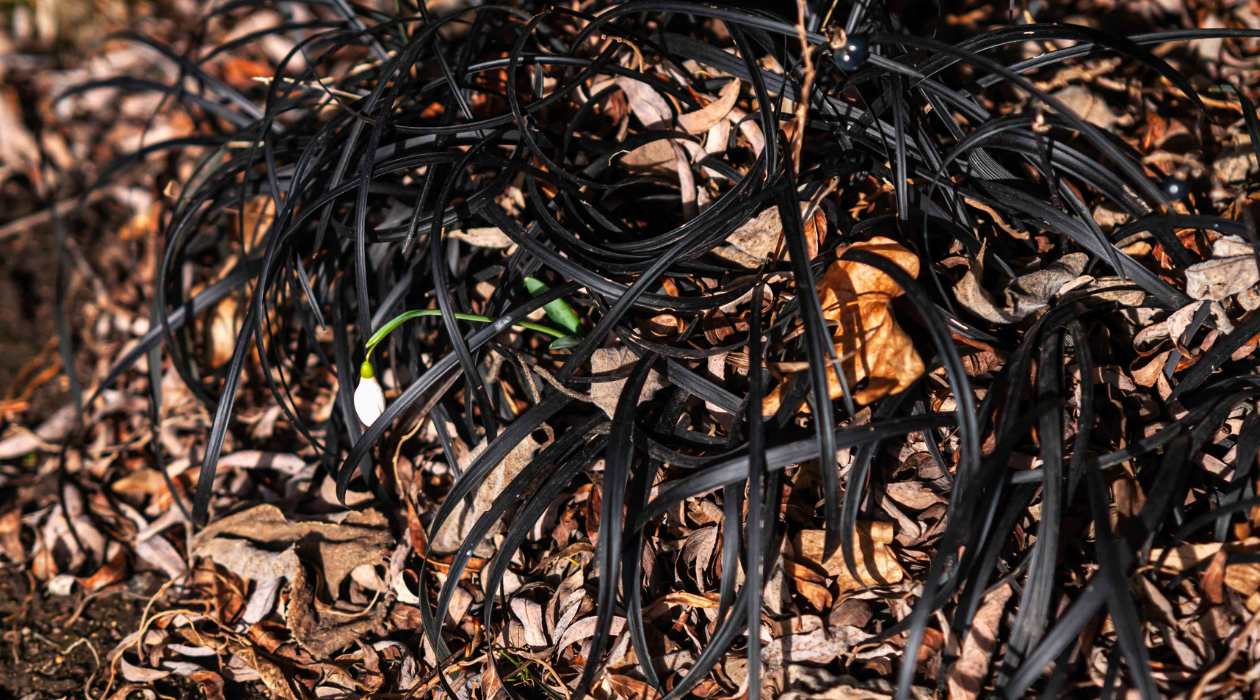
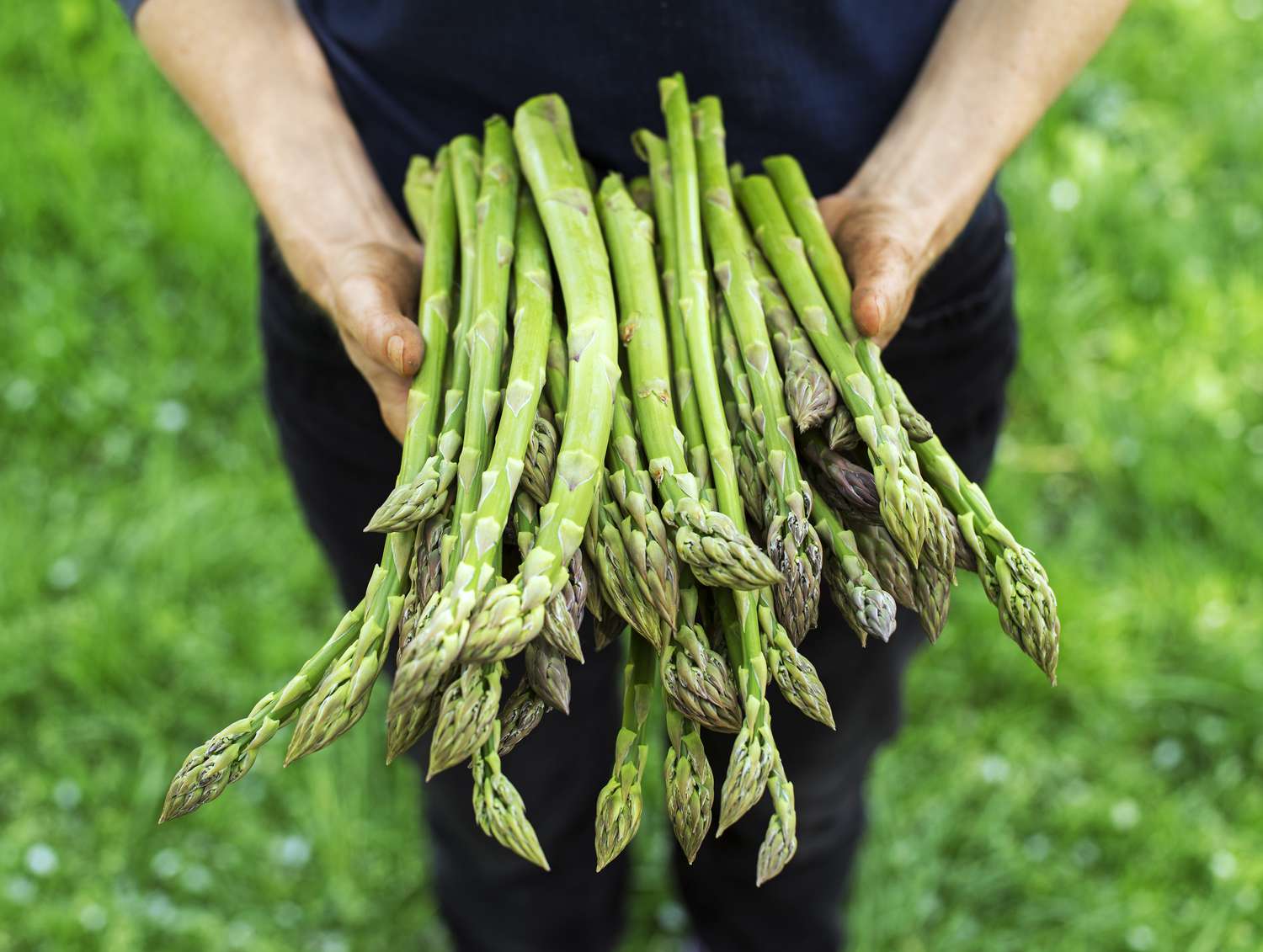
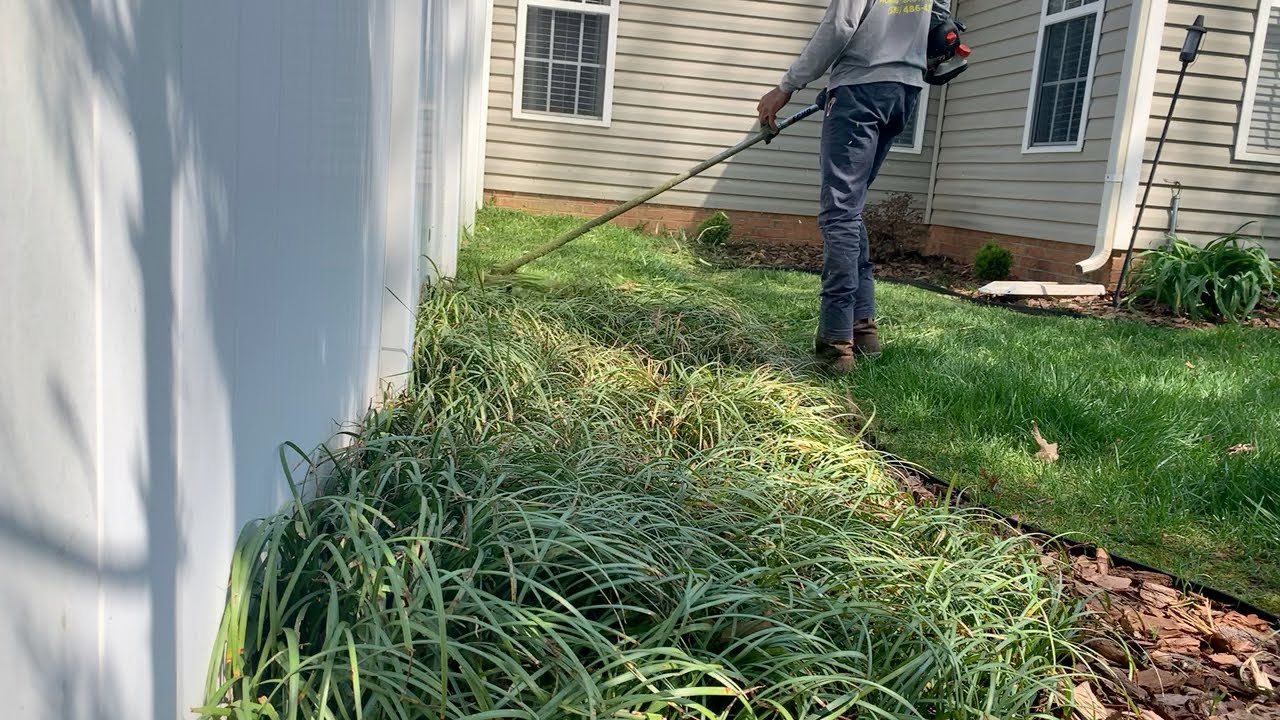
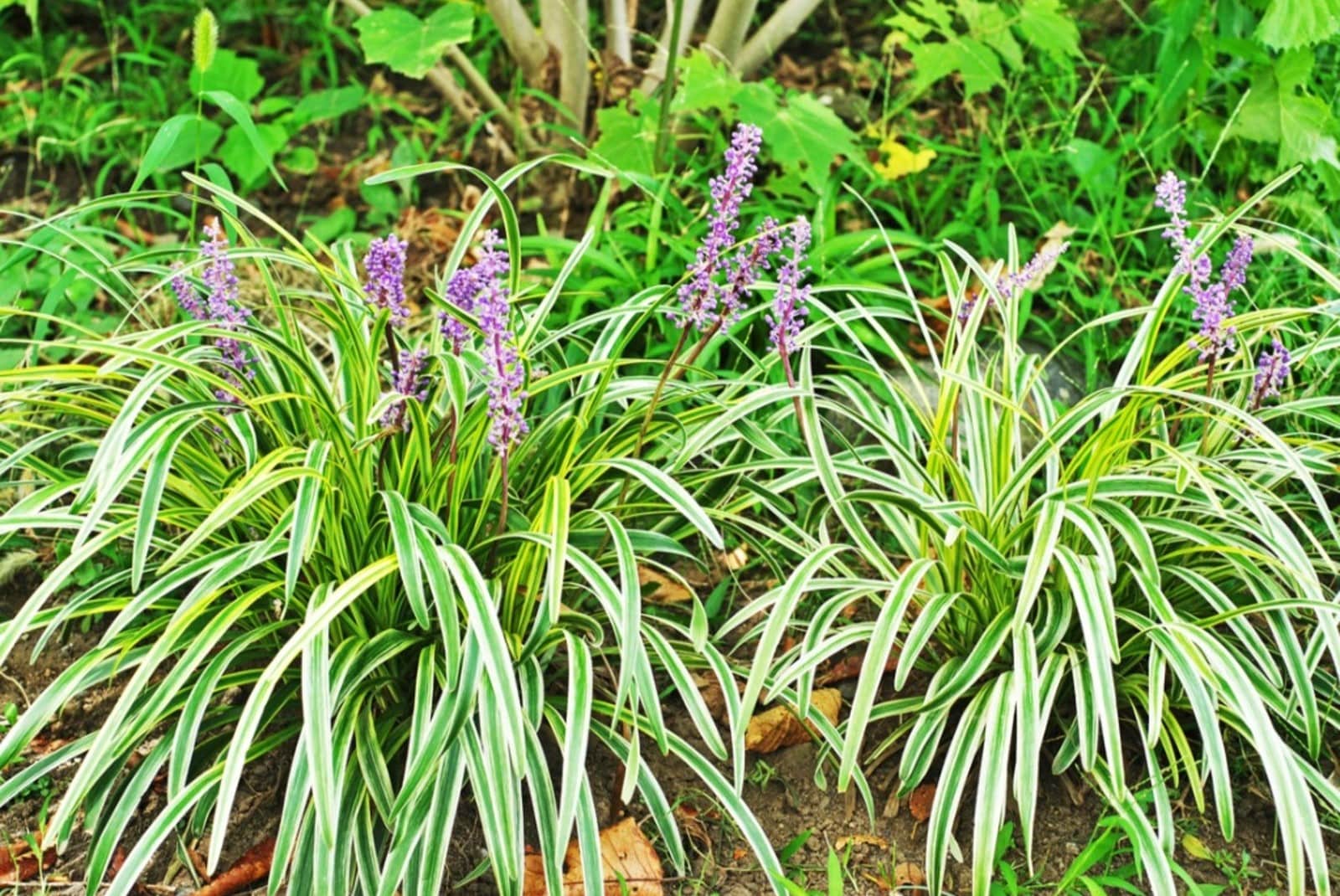
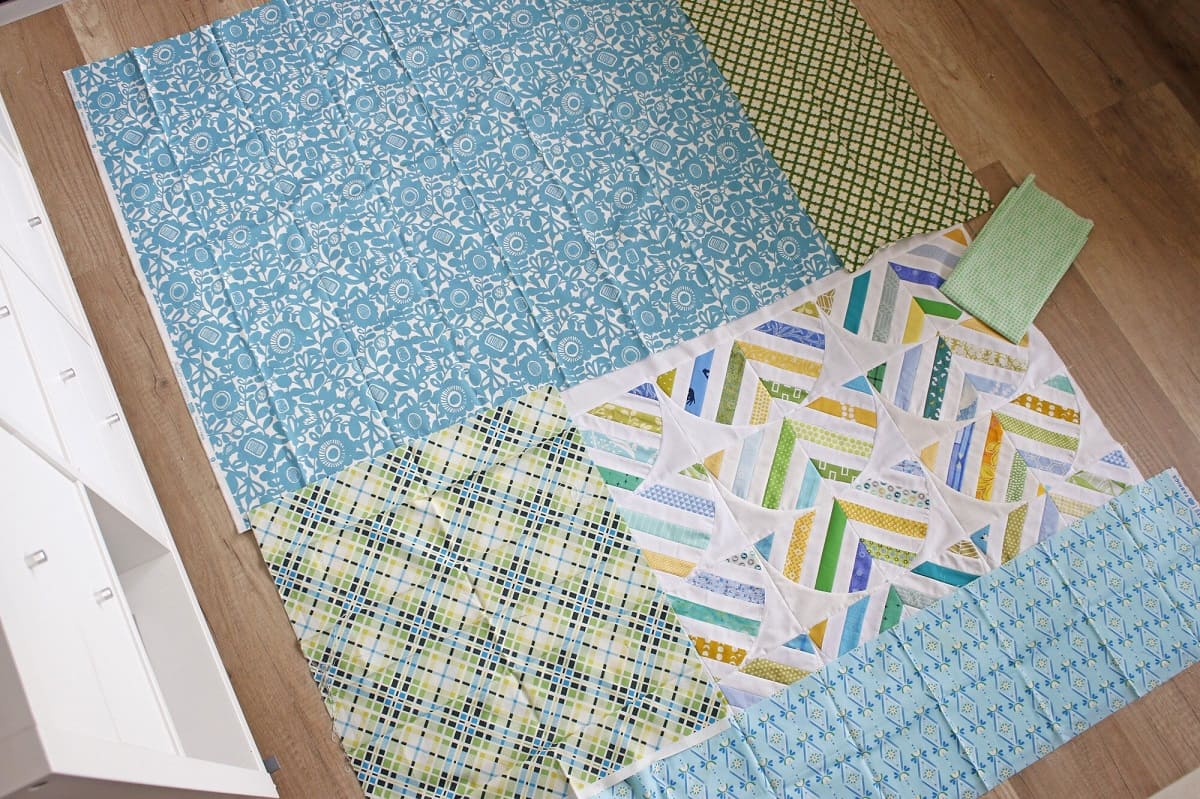
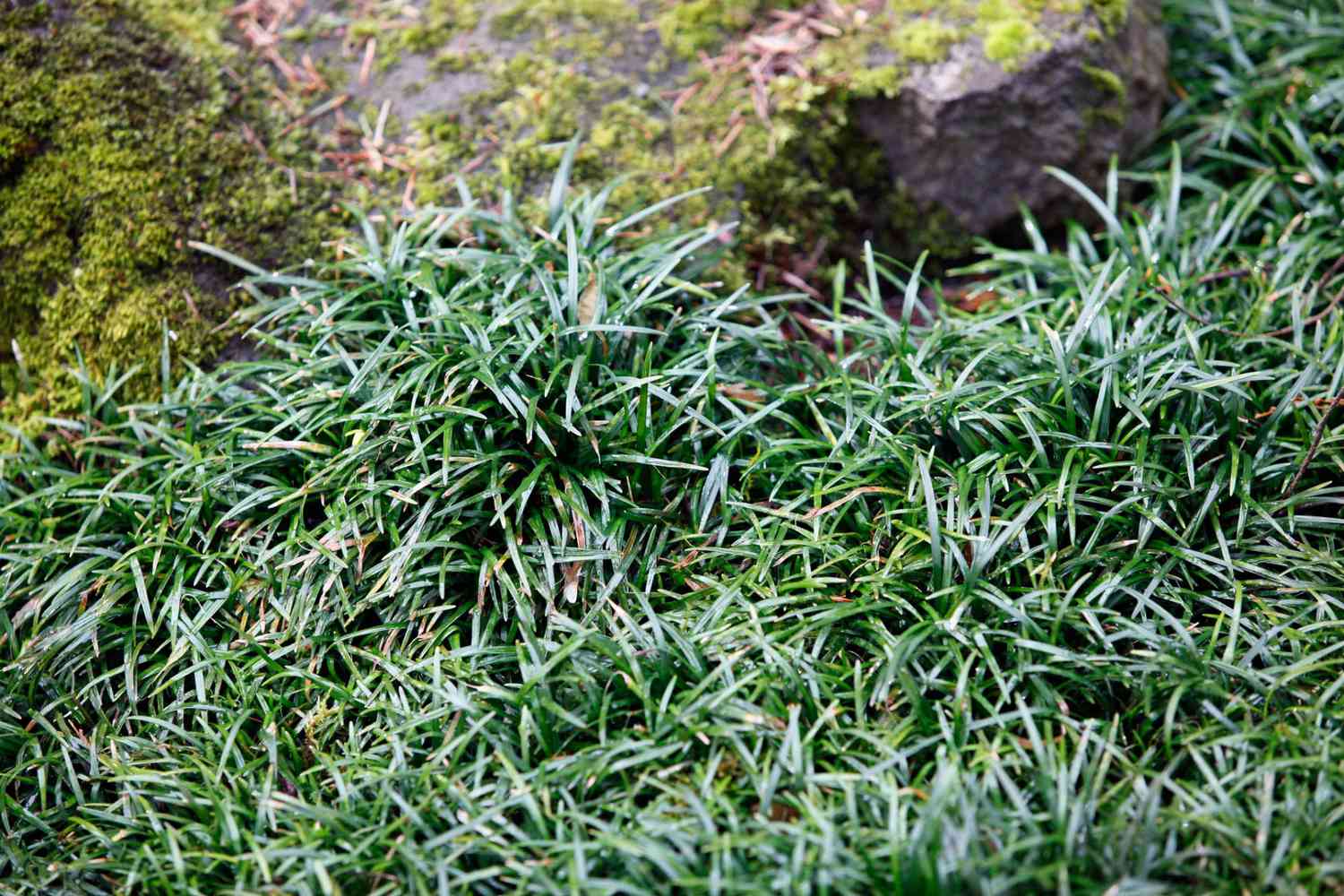

0 thoughts on “How To Cut Back Monkey Grass”